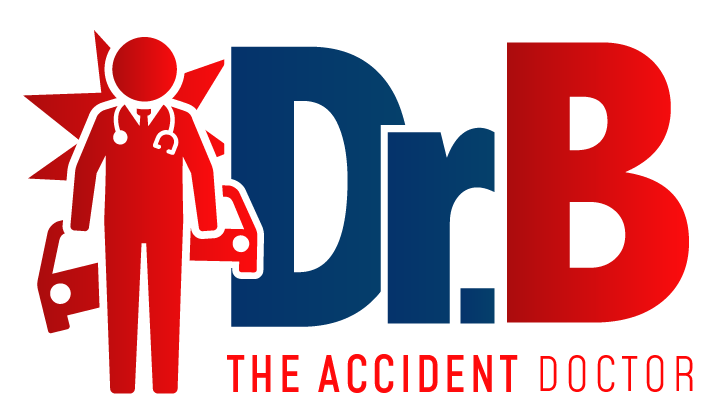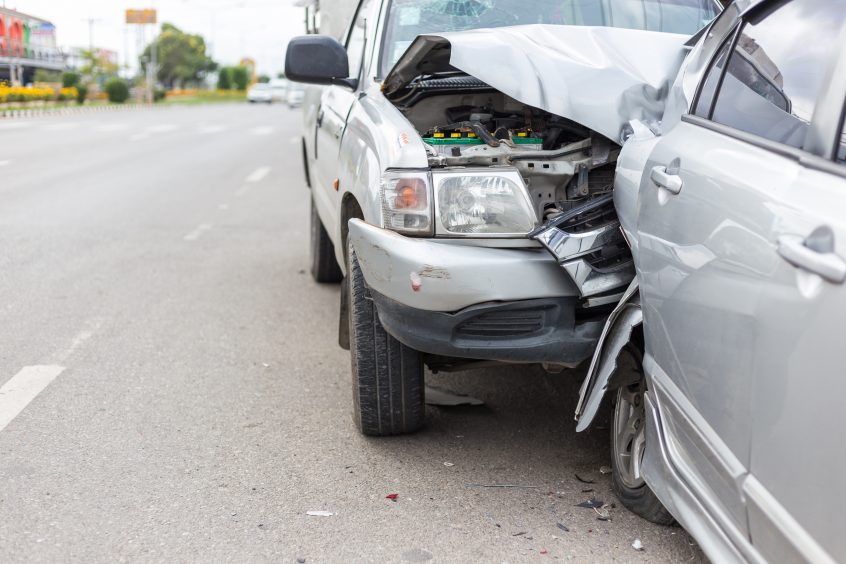A variety of different injuries are possible to sustain when involved in a car accident; however, the nature of the injuries that do occur are usually determined by several factors, including vehicle speed, weather conditions, road conditions, location within the vehicle, vehicle size and design, and whether or not a seat belt was worn or an airbag deployed. Some injuries can be relatively minor, such as scratches, scrapes, and bruises, which can easily be treated by a physician or emergency responders. Other injuries might be more serious, such as broken bones, whiplash, or deep cuts. Still other injuries can be life-threatening, and if individuals do recover, they often experience a lifetime of disability as a result of their injuries.
Crashes are all different and there are many different factors that can affect the severity of the injury – the kind of crash (rollover, head-on etc), the speed you’re driving at, whether you’ve got air bags, whether you’re wearing a seatbelt, whether you’re the passenger or driver, whether you hit a solid object or a car and much more.
People injured in road crashes often end up in hospital, with a lengthy rehabilitation ahead of them and some people never fully recover. Of course, many people don’t survive.

Wearing a seatbelt is the simplest and most effective way to reduce the risk of injury in front-on crashes and many other types of crashes. There are other safety devices, such as airbags, that can also reduce the severity of injuries in a crash, while others, such as electronic stability control – or ‘ESC’ – can actually reduce the possibility of a crash occurring.
The truth is that most crashes can be avoided altogether through safe driving.







